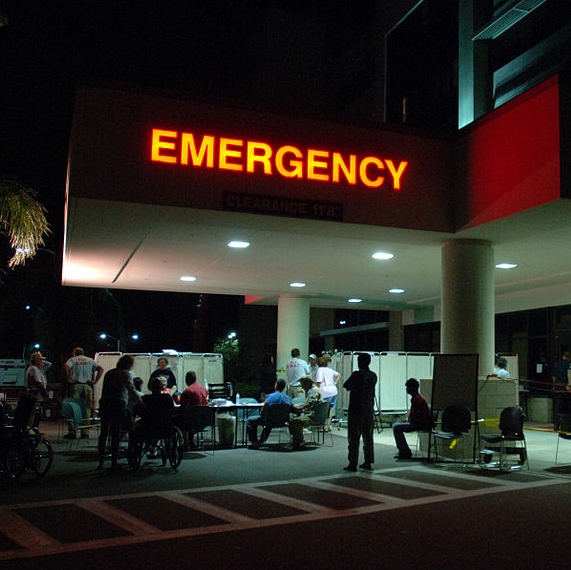What Not To Say in the Emergency Room
/By Carol Levy
Many years ago, I was a clerk in an emergency room ward. Often the people who came in didn't seem to understand how an emergency room works. Unfortunately, those same misunderstandings exist today.
I have seen a number of online posts and comments by chronic pain patients about their experiences in emergency rooms. The posts tend to be very negative about ERs, often angry, and full of frustration over the way they were treated.
My intention when I started this column was to write about the emergency room experience, and what to expect when you make the choice to go there. I did some research to ensure my facts would still be current, such as how ER departments are configured today.
I found several articles on what not to say to your pain management doctor. To my surprise, the answers mimicked what you should not say in the ER, such as “I just need painkillers” or “I know what I need, just prescribe it.”
Saying that gives the impression that you’re just looking for medication, rather than treatment. It’s not advisable to say that to any doctor, regardless of the situation.
At the ER, you will first see the receptionist or ward clerk. The next step for most hospitals is the triage person, usually a nurse. When they ask “What is the reason for your visit?” saying, “I have pain” is not sufficient.
They will inquire about when, where and for how long you’ve had pain, to get a better idea of why you are there. That will help them decide what level of an emergency you are.
It’s important not to expect ER staff to know everything about rare disorders, such as CRPS, trigeminal neuralgia or Ehlers-Danlos syndrome. The chances they have seen or even heard of them are slim. Unfortunately, for many rare disorders, we have to be the ones to educate the staff.
Even if you are in extreme pain, shouting “I have pain!” will not help get what you need. Calmly explaining, as best you can, the cause and level of your pain gives them a better understanding of why you are there, and will help get you seen sooner.
Another “don’t” is asking for a specific opioid, as it can make you appear to be a drug seeker. That’s not fair, I know, but that’s just the way it is in the current anti- opioid environment.
Exaggerating your pain can also be seen as the behavior of someone looking to get drugs. Screaming or yelling “I am in horrible pain! Give me something now!” won't get you what you need. Ultimately, the doctor or nurse will decide if you're exaggerating your pain. If they decide that’s the case, you may get nothing at all.
You also shouldn’t question your doctor's expertise. After all, he is the expert (or at least thinks he is). Asking for clarification is fine, but asking for a second opinion may backfire. It’s another way of saying you don't trust or have faith in the doctor. In the ER, you won't be able to get a second opinion. Whichever doctor sees you is the one you’re stuck with.
The wait in the ER may be a long one. The doctors and nurses may seem to be walking around aimlessly, but they may actually be busy, dealing with patients who have suffered a heart attack, stroke, or severe trauma.
If you are a chronic pain patient, your pain may not be seen as an immediate concern. To ER staff, acute pain could be a sign of a life threatening situation that needs immediate attention.
Many ERs now have private rooms, but some still have ward-like areas. It is nice to have privacy, but they may put you in the ward area because that is the only space available.
These unwritten rules apply to everyone on how to act in the ER. But for those of us with chronic pain, we need to to be extra careful about what lines not to cross.
What lessons have you learned in the ER?
Carol Jay Levy has lived with trigeminal neuralgia, a chronic facial pain disorder, for over 30 years. She is the author of “A Pained Life, A Chronic Pain Journey.” Carol is the moderator of the Facebook support group “Women in Pain Awareness.” Her blog “The Pained Life” can be found here.




